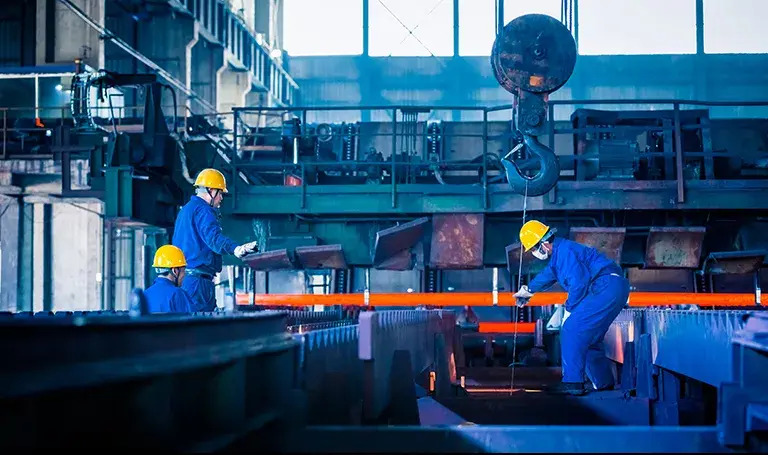The last two years have been nothing less than a vigorous shake-up to manufacturing. From kickstarting an industry-wide awakening to digital transformation and remote operations for a decade, manufacturing has seen nothing less than a paradigm shift. It has also brought the spotlight on the criticality of this sector for the global economy & those who work tirelessly day & night in factories.
In 2022, we expect all of these trends to rise. In the past two years, the challenges experienced in industrial operations have led to a complete introspection of the entire manufacturing operations cycle, including supply chain management & asset maintenance. The results gradually create a need for a fundamental change to protect the bottom line while staying agile & resilient to any future challenges.
Here are some top trends for Manufacturing in 2022:
The Remote Monitoring shift:
It’s not that remote monitoring has not existed for Manufacturing, but it was the choice of a few digitally aware pioneers. But intermittent surges of the pandemic, with its restrictions of social distancing, workforce shortages, and government regulations, have made remote monitoring mandatory for Manufacturing. The hybrid or remote working setup is not a temporary shift anymore.
With remote work becoming the new normal, investing in technologies like IoT that make remote monitoring happen is now essential for digital reliability & empowering your maintenance team to stay prepared for all circumstances. A platform like Infinite Uptime’s Industrial Data Enabler (IDE), a patented edge-computing Vibration monitoring system, can point out any anomalies in the machines long before they become critical. Accessing the correct data to the relevant people in real-time is no less than a game-changer. Here is how remote monitoring can help your facilities.
Connected Supply Chains:
Supply chains were hit in the worst way due to the globe-wide nature of the pandemic. Unpredictable & sudden shortages globally, coupled with lockdowns, made inventory management very difficult. While businesses are trying to make their supply chains agile & localized, digital technologies like AI, ML & IoT are helping solve this via connected supply chains. Here are two ways how they can help:
- By solutions that can predict the inventory needs in advance and enable real-time tracking of shipments, optimizing delivery timings
- An intelligent Predictive Maintenance solution that ensures a consistent & reliable asset performance can predict the flow of raw materials products from supplier & the end product to the customers due to fewer breakdowns or disruptions.
Read More:
https://www.infinite-uptime.com/top-manufacturing-trends-of-2022/





Comments